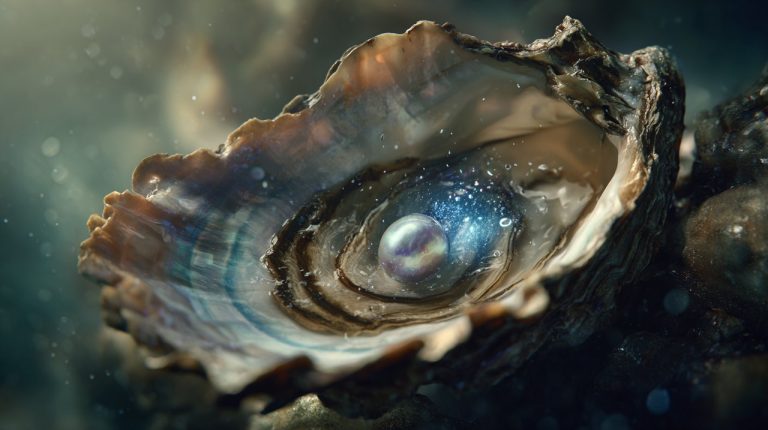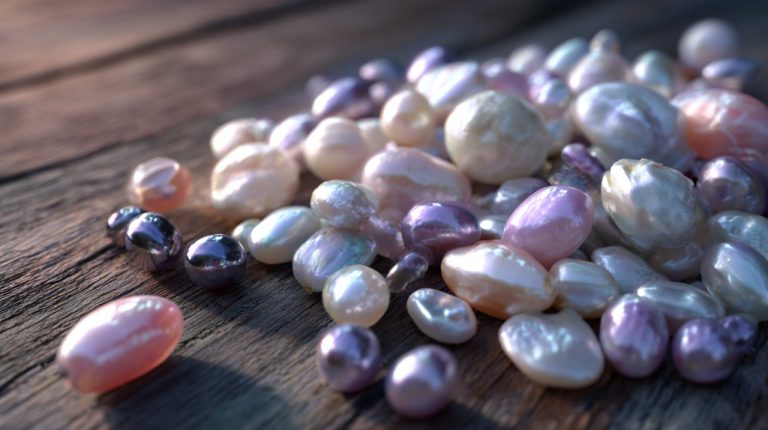Freshwater pearls represent a significant segment of the global pearl market, renowned for their diverse shapes, colors, and accessible elegance. Originating primarily from mussels cultivated in lakes and rivers, these organic gemstones offer a unique blend of natural beauty and versatility, making them a popular choice for jewelry enthusiasts worldwide.
What Defines Freshwater Pearls and Their Unique Appeal?
Unlike their saltwater counterparts, freshwater pearls are cultivated in freshwater mussels, predominantly in China. This unique origin allows for a much wider array of shapes, sizes, and natural colors, from classic white to subtle lavenders and peaches. Their solid nacre construction contributes to their durability and often a softer, more satiny luster, distinguishing them in the pearl market. The discussion around freshwater vs saltwater pearl value often highlights the former's diverse appeal and accessibility.
- Cultivation: Primarily from Hyriopsis cumingii mussels in lakes and rivers, allowing for multiple pearls per mussel.
- Variety: Known for baroque, button, and oval shapes, alongside traditional rounds, offering broad design flexibility.
- Color Palette: Natural hues include white, cream, pink, peach, and lavender, without artificial dyes.
- Nacre Thickness: Often composed almost entirely of nacre, contributing to their robustness and enduring beauty.
How Is Freshwater Pearl Value Assessed?
Determining freshwater pearl value involves a meticulous assessment of several key attributes, often referred to as the "value factors." These include luster, surface quality, shape, size, color, and the thickness of their nacre. While historically more accessible than saltwater pearls, high-quality freshwater specimens can command significant prices, particularly those with exceptional luster and near-perfect surfaces. Understanding freshwater pearl grading systems, which can vary by vendor but generally follow similar quality benchmarks, is crucial for discerning their true worth and ensuring an informed purchase.
- Luster: The intensity and sharpness of light reflected from the pearl's surface; a high, sharp luster is paramount.
- Surface Quality: The fewer blemishes, spots, or inclusions, the higher the value.
- Shape: While perfectly round pearls are highly prized, symmetrical ovals, drops, and unique baroques also have their distinct market.
- Size: Generally, larger pearls are rarer and thus more valuable, assuming other quality factors are equal.
Debunking Common Myths About Freshwater Pearls
Despite their widespread appeal, freshwater pearls are often subject to several misconceptions. One prevalent myth is that they are inherently "cheap" or "inferior" to saltwater pearls. While historically true, modern advancements in aquaculture have led to the production of freshwater pearls that rival, and sometimes even surpass, their saltwater counterparts in luster, roundness, and overall quality. Recognizing these advancements helps consumers appreciate the full spectrum of beauty and quality available within the freshwater pearl category, moving beyond outdated perceptions.
- Myth: Always Round. While round freshwater pearls exist, their strength lies in their diverse shapes, including unique baroques that are highly sought after by designers.
- Myth: Lack Luster. High-quality freshwater pearls exhibit excellent luster, often with a soft, iridescent glow that can be quite captivating.
- Myth: Not "Real" Pearls. All cultured pearls, whether freshwater or saltwater, are real pearls formed by mollusks, differing only in their cultivation environment.
By understanding the unique characteristics, value determinants, and common myths surrounding freshwater pearls, you can approach your next pearl acquisition with confidence. Explore the articles within this category to delve deeper into specific aspects of these captivating gemstones, from their origins to their care.



